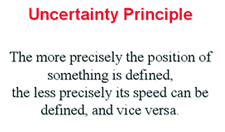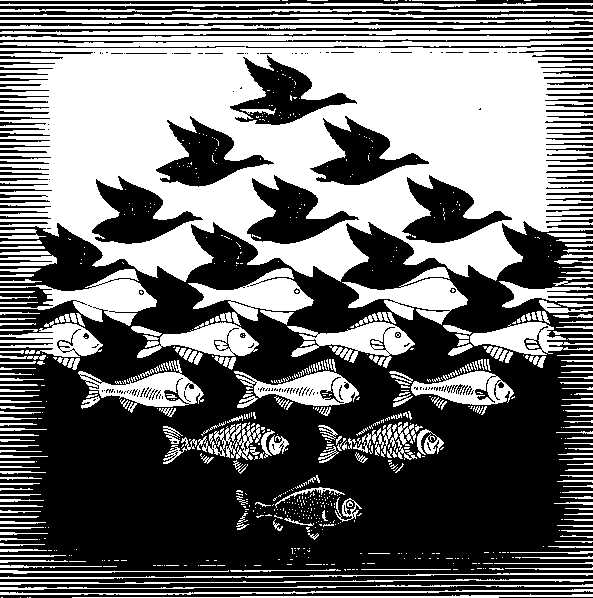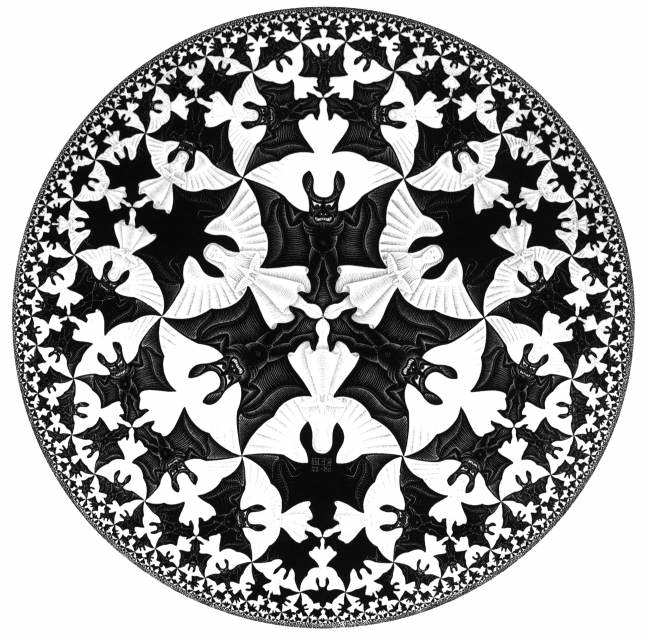 Meaning
Meaning 
What Is Science?
"In all fields of science there is a residue of anomalies unexplained by the dominant theory. That does not mean the prevailing theory is wrong or that alternative theories are right. It just means that more work needs to be done to bring these anomalies into the accepted paradigm. In the meantime, it is ok to live with the uncertainty that not everything has an explanation."
Michael Shermer, "UFOs, UAPs and CRAPs," April 2011, Scientific American, p. 90.
objective? | reliable | disputable | existence | visualization | critics | general | specific | experimental
Composition of food | Composition of light | the Cosmos's structure | Life's paradox
By taking a robustly objective view of the relation of evidence to conclusion, experimental and empirical investigation explains what laws of nature are, and are not. It can be shown how measurement, data, statistics, and mathematical models work in science with respect to climate and past geological conditions or the rates of population growth. Or closer to home what is it that we eat?
An important attribute of science is to dispel errors and expose idolatry for the mistake of false knowing that it is.
Composition of food | Composition of light | the Cosmos's structure | Life's paradox
objective? | reliable | disputable | existence | visualization | critics | general | specific | experimental
![]()
Mariette DiChristina, Editor Scientific American "Reflections from Science," Scientific American, April 2011, p. 6.
"Consider antibiotics. Since their discovery decades ago, these 'wonder drugs' have been used far more widely than for the treatment of sick patients."
"We give them to livestock, helping to keep out meats cheap."
"The microbes that have survived this selection pressure are now demonstrating a disturbing new pattern of resistance–and sometimes complete immunity even to last resort medicines. Bacteria share genes freely, widening the global threat. Meanwhile pharmaceutical companies do not have drugs in the pipeline to combat the new bug strains. Hospitals have had to increase infection controls. Are we entering a post antibiotic world?"
"...we may not like what we see."
"A new pattern of antibiotic resistance that is spreading around the globe may soon leve us defenseless against a frighteningly wide range of dangerous bacterial infections."
Maryn Mckenna,"The Enemy Within," Scientific American. April 2011, pp. 47-53.
Composition of light | the Cosmos's structure | Life's paradox
The mysterious case of light, photons, electrons and the lightquantum.
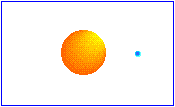
In the classical sense of the planets, physics had established through experimentation and observation that the position and the velocity of an object in space could be determined by measurement. Not until the measurement of extremely small objects, incredibly frequent waves or excessively high speed events did this older idea break down and the uncertainty principle become a means of describing Bohr's 20th century concept of how light and photons are related to electrons and atomic nuclei.
Though difficult to say which parts of science are well-established and which are not, some knowledge is far less certain than experimentally verified and theoretically sensible bodies of reliable information.
All scientific assumptions are tentative pending new experimental evidence and the theoretical means of fitting those concepts into a new description.
• What we know, see: Frank Wilczek lecture, Theoretical Physicist.
• What we discovered, see: Michio Kaku book, Theoretical Physicist.
• What is confusing, see: the paradox of Quantum-Relativity, & Stephen Hawking.
Composition of light | the Cosmos's structure | Life's paradox
Historic controversies
Our cosmos possesses a Solar System is not a terra system:
| terra-system | solar system | |
|---|---|---|
| school | geocentric model | heliocentric model |
| meaning | ||
| proponent | ||
| proponents | Copernicus, Kepler, Galileo |
![]()
Here one hopes to illustrate with an engaging episode in the history of science, how disputes are settled among advocates of dialectically opposite concepts.
Brahe's failure in a compromise plan.
Galileo's journey in two worlds from one argument to its opposite argument.
Science is not always a mediated agreement on material existence since scientific concepts tend to be "either–or" as opposed to "either–and" ideas about the universe.
This "either, or" quality of science is confirmed by the failure of Brahe in combining the geocentric with the heliocentric theory of the heavens in his eccentric manner.
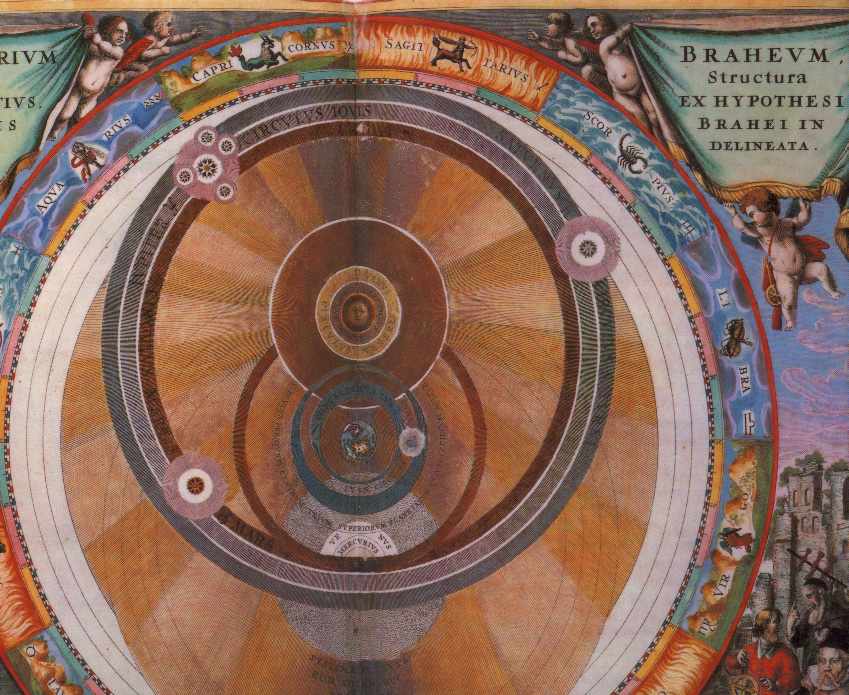
Tycho Brahe's cosmic portrayal of the terra/solar system as a sort of 'compromise' between the Heliocentric & geocentric schools of astronomy.
Unseen worlds.
Pictured here ar "e" electrons are very small and travel with a negative charge around 1634 times more massive "p" protons that are positively charged, a classic case of opposites that attract.
![]()
Lux: light as composed of waves versus particles or corpuscles called here the corpuscularian perspective. Sometimes called "atomists" these corpuscles as the basis of matter were advocated by Robert Boyle, Rene Descartes, Thomas Hobbes, & John Locke.
| concept | corpuscularianism | 
|
|
proponent |
|||
proponent |
|||
Composition of light | the Cosmos's structure | Life's paradox
Biology is the essential discipline for us to balance the actual with the reasonable, the assumed and the imagined.
The essential balance of theory and reality
bios, life: as a life in the life-cycle sense --the particulars of "a person's life"-- and life as in the generic sense that there is Earth the home of life, has two meanings.
There has been in the western tradition since Parmenides, Pythagoras, Plato and Aristotle a dichotomy in the very way we express our observations and thoughts. This dichotomy is responsible for creating a fork in the road, speaking metaphorically of the highway that is conceptualization, to understanding. Any concept (real or imagined) has immediately upon its expression a particular manifestation and a less particular correlate --or related entity-- so that items in an individualized sense are part of a wider set or class of similar things.
Composition of light | the Cosmos's structure | Life's paradox
This gave rise to a serious split and debate among Medieval philosophers over reality, from which we today inherit as split personality with respect to descriptions of nature.
| Middle Ages | Contemporary | |
|---|---|---|
| matter | expression of that form on earth | reality is actual conditions |
| form | reality of eternal form in heaven | abstraction is an ideal |
| consequently | ||
| "kind of thinking" |
![]() Jacob Bronowski, Science and Human Values
Jacob Bronowski, Science and Human Values
Thomas Kuhn On the Structure of Scientific Revolutions
But the point of Kuhn and his followers was not to request such a story, but to argue that it must be irrelevant to explaining scientific beliefs.
The worst effect of Kuhn, and the one taken up both most unthinkingly and most forcefully across the whole range of disciplines he influenced, has been the frivolous discarding of the way things are as a constraint on theory about the way things are constantly becoming.
Composition of light | the Cosmos's structure | Life's paradox
And we will end with some colorful rudeness on a prevailing postmodernist solipsism concerning existence, epistemology, and discovery of material evidence suggesting a remarkable unity in nature.
A prevailing postmodernist solipsism -- based on Hume's eighteenth century insight that we humans can only know our visions of the external world and not that world as an objective existence beyond our experiences. Some thinkers have extended Hume's critique and in the twentieth century suggested that science is little more than an agreed upon set of illusions due to refined measurements, the sort of technology used to make those measurements and a mathematics that sustains those experimental findings.
We do not take that approach in physical, biological, or behavioral sciences or ecological methods of discerning the sort of world we inhabit.
Composition of light | the Cosmos's structure | Life's paradox
- What the laws of nature are,
- briefly shows how measurement, data, statistics, and mathematical models work in science,
- describes which parts of science are well-established and which are not,
- illustrates errors with engaging episodes in the history of science, and
- ends with some colorful rudeness about postmodernist thoughts concerning science as a convenient construction – or a manipulative ideal, or even a mistaken evil.
Others Us 
Angels or Daemons? Our own sensory limitations?
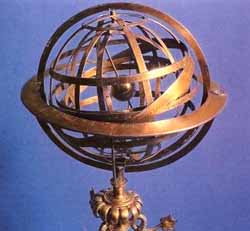
Our Earth embedded in an armillary sphere*.
Composition of light | the Cosmos's structure | Life's paradox
Science and technology | defining science | method | perception | paradox of | history of
armillary sphere is a model of the celestial globe with movable parts among them are the hoops or bands (bracelets) that represent the equator, both tropics, the plane of the ecliptic (apparent track of the sun annually through the sky) and meridians; used to reveal the solstices and equinoxes to astronomers. [17th Century Spanish from the Latin word for "bracelet" -- as ornamental bands worn around the arm for identification or status.]
This page was created, by J. Siry, & enhanced 7-25-2011.

